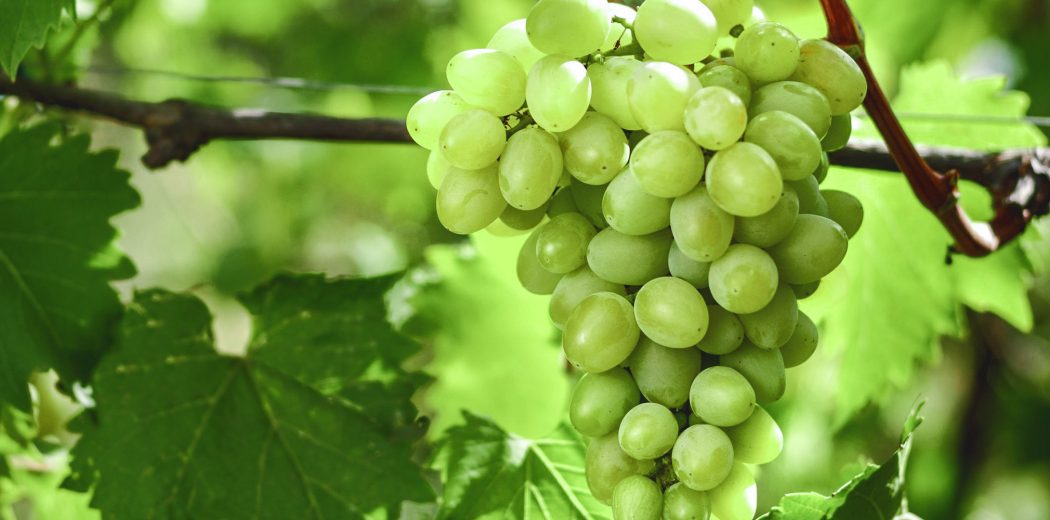Thanks to my dad’s job depositing him in Tucson, I’ve spent my fair share of holidays in southern Arizona and have come to look forward to the range of local delicacies: tamales, prickly pear margaritas, and some of the best carne seca I’ve ever had. When it came to wine, though, we’d always select bottles shuttled over from California or Italy. But if I’ve learned anything, it’s that unexpected places often yield unexpected wine, and such is the case with the Grand Canyon State and Piquepoul (“Peek-pool”).
While the dark (Piquepoul Noir) and light-skinned varieties (Piquepoul Blanc and the less-common Piqueoul Gris) aren’t exclusive to Arizona — you can also find it in France’s Rhone Valley, the Languedoc region, Spain’s Catalonia region, California, Australia, and Texas — Piquepoul has taken residence in the state’s rugged terrain.
Piquepoul Blanc favors long, hot summers, making its presence in Arizona a no-brainer, though the grape’s claim to fame expands beyond it making for a good excuse for a wine tasting in the southwest. Alongside Cinsault and Clairette Blanche, Piquepoul is one of the Languedoc region’s oldest grape.
Initially popular, the grape fell victim to the phylloxera epidemic in the 1800s. Its former land became dominated by other vines, and perhaps its susceptibility to powdery mildew can be blamed for it being overshadowed and its ensuing relative obscurity. That hasn’t stopped wine critics from singing its praises, and Oxford Companion to Wine reports that the number of plantings in France continues to increase.
Take advantage of it still clinging to the shadows of Pinot Grigio — great bottles can be picked up between $10 and $15. Wondering what to select? Picpoul de Pinet, an appellation in the Languedoc region, tends to have the best.
Do as the Australians do and pair your Piquepoul Blanc with oysters. After all, the varietal was introduced Down Under when a Francophile oyster farmer in New Farm wanted a wine that would go perfectly with his products. Dubbed the “lip stinger,” its nickname is fitting: the wine is fresh, floral and acidic and is best matched by food with equally strong flavor profiles. Stick to other seafood dishes like salmon, clams, swordfish and pull out a bottle when working with rich or creamy sauces. Rumor has it it’s not too shabby with chocolate, either (you can thank us later).
The rarer Piquepoul Noirs are highly alcoholic and beautifully scented — they have long been a favorite blended with the likes of Grenache, Syrah, Clairette and Cinsaut, among others. However, for those drinking it, think lighter, spicy fare, like turkey, prosciutto and veal. PSA: Piquepoul Noir runs the risk of going extinct, with less than 200 hectares remaining in France, though other vineyards have started small plantings in attempts to preserve it. Who knew drinking would help conservation efforts?








